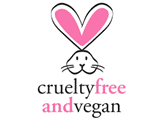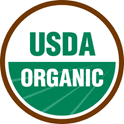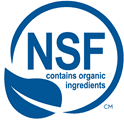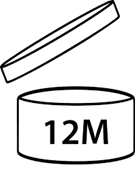Ever wonder what those little icons on your shampoo, skin care or makeup bottles mean? If you’ve never taken the time to understand the common beauty product label, you may just be surprised at what’s hiding inside.
While today’s shoppers are smarter and better informed about food packaging labels, many are still unaware of some of the basic symbols used in labeling cosmetics and beauty products. Knowing what these symbols mean is just as important for consumers as understanding similar packaging information on food in the grocery aisle.
All cosmetics and personal care products sold in the United States are required by the Food and Drug Administration (FDA) to be labeled with ingredients, including botanicals and chemicals used in manufacturing. There are also universally recognizable symbols used for package labeling that provide more specific product contents and safety information. Symbols indicating a product’s expiration date, organic makeup or even whether a company adheres to strict animal cruelty-free standards appear on every health and beauty product you use.
It’s important to note that if a product advertised as “organic” doesn’t carry an expiration date, it’s likely not entirely organic. The FDA has distributed information about the term “organic” as it pertains to cosmetics, which is available for public view.
Making sure you know what’s inside of the product you’re considering, as well as having a basic understanding of label symbols and their meanings will help you make a more informed purchase. Here’s a short list of a few of the most common symbols on the market today; recognize any?







The leaping bunny is the symbol of the Coalition for Consumer Information on Cosmetics (CCIC) that indicates a company is 100% cruelty-free. For brands to use this symbol they must pledge that no new animal testing be used in any phase of product development by the company, its laboratories or ingredient suppliers. Check out the Leaping Bunny’s list of approved brands: http://www.leapingbunny.org/guide/brands
The “period-after-opening symbol’ indicates the estimated amount of time that the product should be used by once it has been opened. The number on the jar indicates the expiration time in months.




Now that you know what these symbols mean, take a peek into your makeup case or bathroom cabinet and find out what you’ve actually been using!
If you suffer from dandruff, excessive scalp itch, hair loss or thinning and oily hair, you’re not alone. Most people experience some degree of one or all of them. Don’t self-diagnose your own hair and scalp problems and choose the wrong product to treat your scalp and hair. ScalpCheck™ will reveal the true reason and help you put those issues behind you. To learn more visit ScalpCheck™ or to schedule your one-hour ScalpCheck™, please call (440) 333-8939 or click








